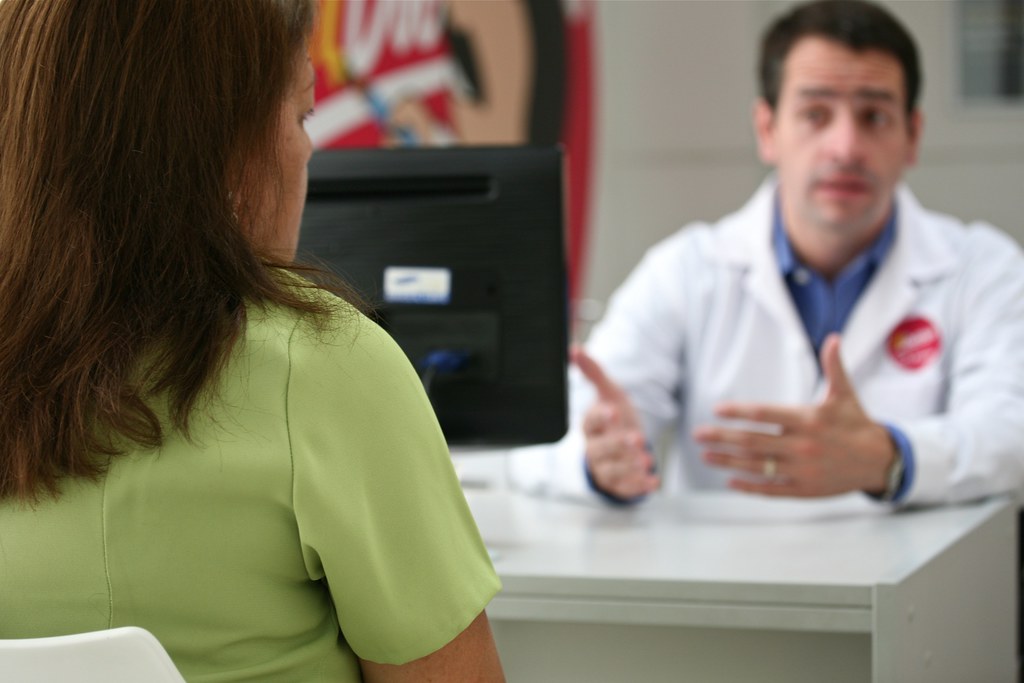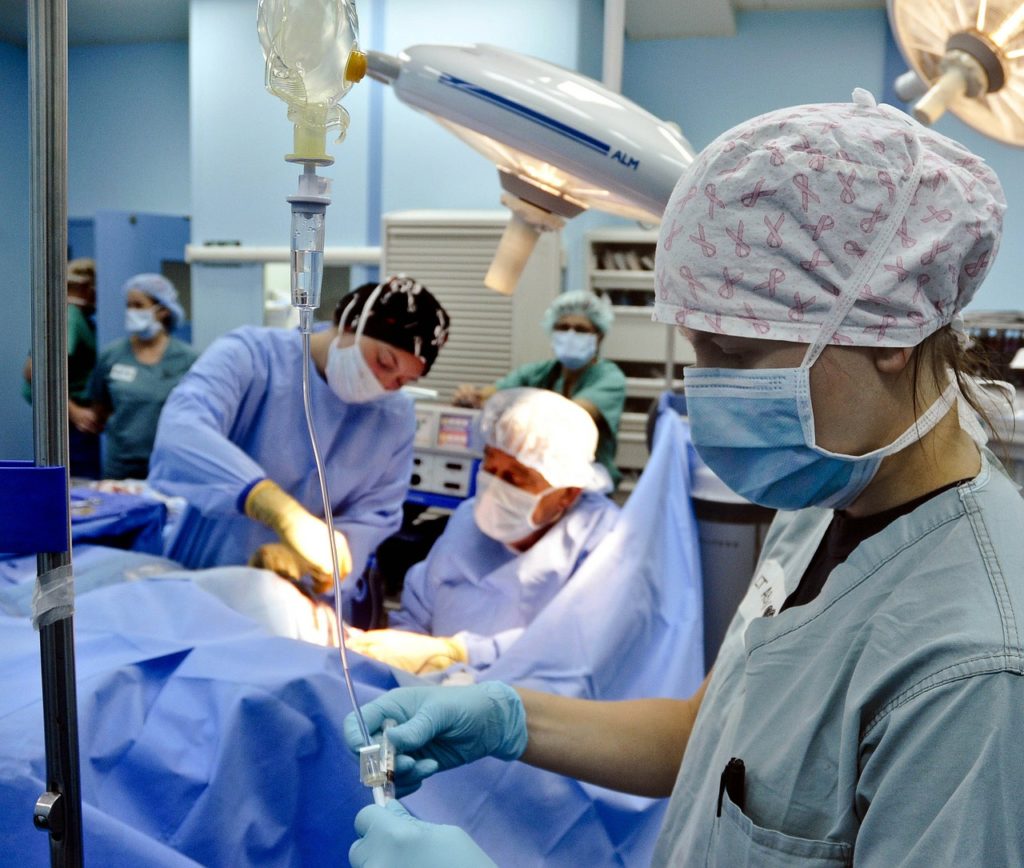A D&C procedure, short for dilation and curettage, is typically performed by an OBGYN to remove tissue from inside the uterus. A D&C can be performed for a variety of reasons, usually to diagnose and treat various conditions of the uterus. D&C procedures are often performed alongside the use of a hysteroscope. This thin instrument has a light and camera, allowing the doctor to look up through the cervix and into the uterus.
After a D&C Hysteroscopy, it is normal to experience some light bleeding for a few days, and even up to several weeks. But how much bleeding should you actually expect, and what should you do if you are concerned about the duration or amount of bleeding you are experiencing? We’ve compiled a quick fact sheet so you can understand when it might be time to call your doctor – or your lawyer.
What Is a D&C Hysteroscopy Procedure Used For?
Doctors perform D&C hysteroscopy procedures for a variety of reasons, including, but not limited to diagnosing:
- Abnormal uterine bleeding
- Bleeding after menopause
- Uterine polyps
- Endometrial hyperplasia (a precancerous condition)
- Uterine cancer
What Is Recovery Like After a D&C Hysteroscopy?
D&C hysteroscopy procedures typically cause some side effects, such as back aches or cramps similar to menstrual cramps. Fatigue is also a relatively common side effect, due to blood loss. Recovery is typically estimated to take between 2-3 days.
Most women also should expect to pass small clots of blood for a few days after the procedure, and experience some light bleeding for several weeks. But some women unfortunately experience much heavier bleeding, or other troubling symptoms after a D&C.

“And you haven’t been to your Doctor because?” by Alex E. Proimos is licensed under CC BY-NC 2.0
What Symptoms Should I Be Concerned About After a D&C Hysteroscopy?
Complications from a D&C hysteroscopy are rare, but unfortunately do occur. Some warning signs to look out for after a D&C procedure include:
- Chest pain, shortness of breath, or coughing up blood
- Pain that does not go away with pain medication
- Foul smelling vaginal discharge
- Cramps lasting more than 48 hours
- Fever
- Symptoms of a blood clot in your leg, such as pain in your calf or redness/swelling in the leg
In addition, some women experience excessive bleeding after a D&C hysteroscopy. Excessive bleeding would include:
- Bright red vaginal bleeding that soaks through one more pads in an hour
- Clots larger than the size of a quarter
What Causes Excessive Bleeding After a D&C Hysteroscopy?
Complications can arise with any type of medical procedure, and a D&C hysteroscopy is no different. Some potential complications that might cause excessive bleeding include:
- Uterine perforations: This occurs when a surgical instrument makes a hole in the uterus.
- Cervical injury: If the cervix is accidentally lacerated or cut during the procedure, excessive bleeding may occur.
- Infection: While rare, it is possible to become infected after a D&C hysteroscopy.
Contraindications to D&C Hysteroscopy Procedures
There are absolute contraindications to performing a hysteroscopy, meaning warning signs that should tell a doctor that a D&C hysteroscopy should not be attempted under any circumstances. These include:
- Cervical or uterine anomalies
- Severe cervical stenosis
- Bleeding disorders
- Acute pelvic infections
If your doctor went ahead and performed a D&C hysteroscopy while aware of any of these contraindications, then you may have standing to file a medical malpractice lawsuit against them. Additionally, if your doctor failed to examine you to make sure you did not have one of the above contraindications, they may be liable for your injuries.

When To Contact a Lawyer for Excessive Bleeding After a D&C Hysteroscopy?
If you think your doctor discharged you from their care without properly treating any injuries you may have incurred as a result of a D&C hysteroscopy, whether knowingly or unknowingly, it’s in your best interest to reach out to a surgical malpractice attorney to explore your options for bringing a malpractice lawsuit against them.
There are serious and well known complications to D&C hysteroscopy procedures, and whether or not your doctor is found negligent will depend on a review of medical records, as well as consultations with medical experts. The Thistle Law firm is experienced in handling claims involving severe injuries and side effects from a D&C hysteroscopy procedure. If you or a loved one suffered significant harm from such a procedure, contact us by calling 215-525-6824 or fill out our form here.

